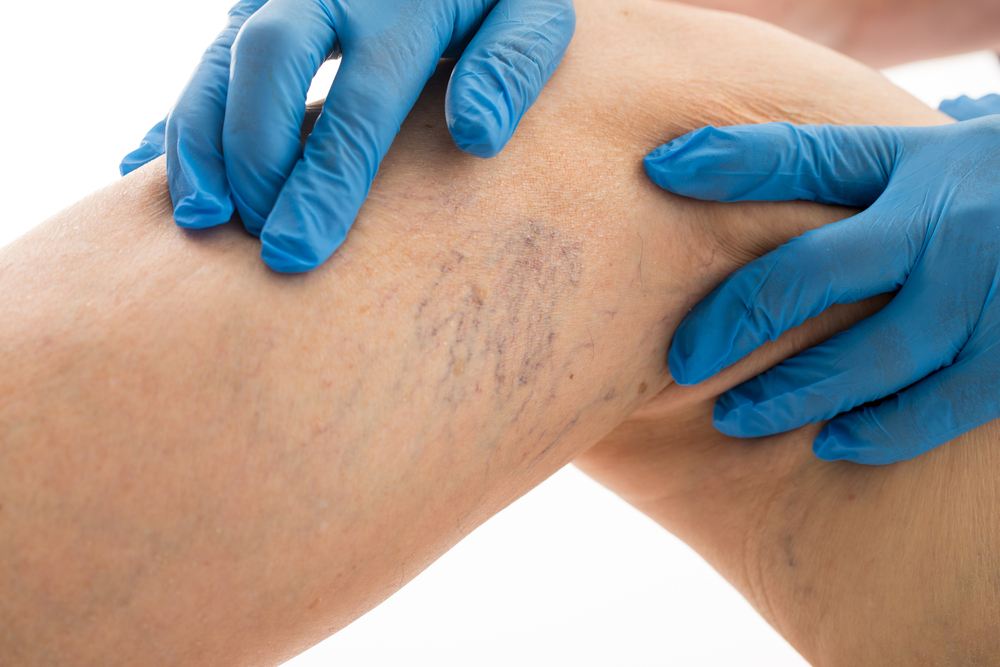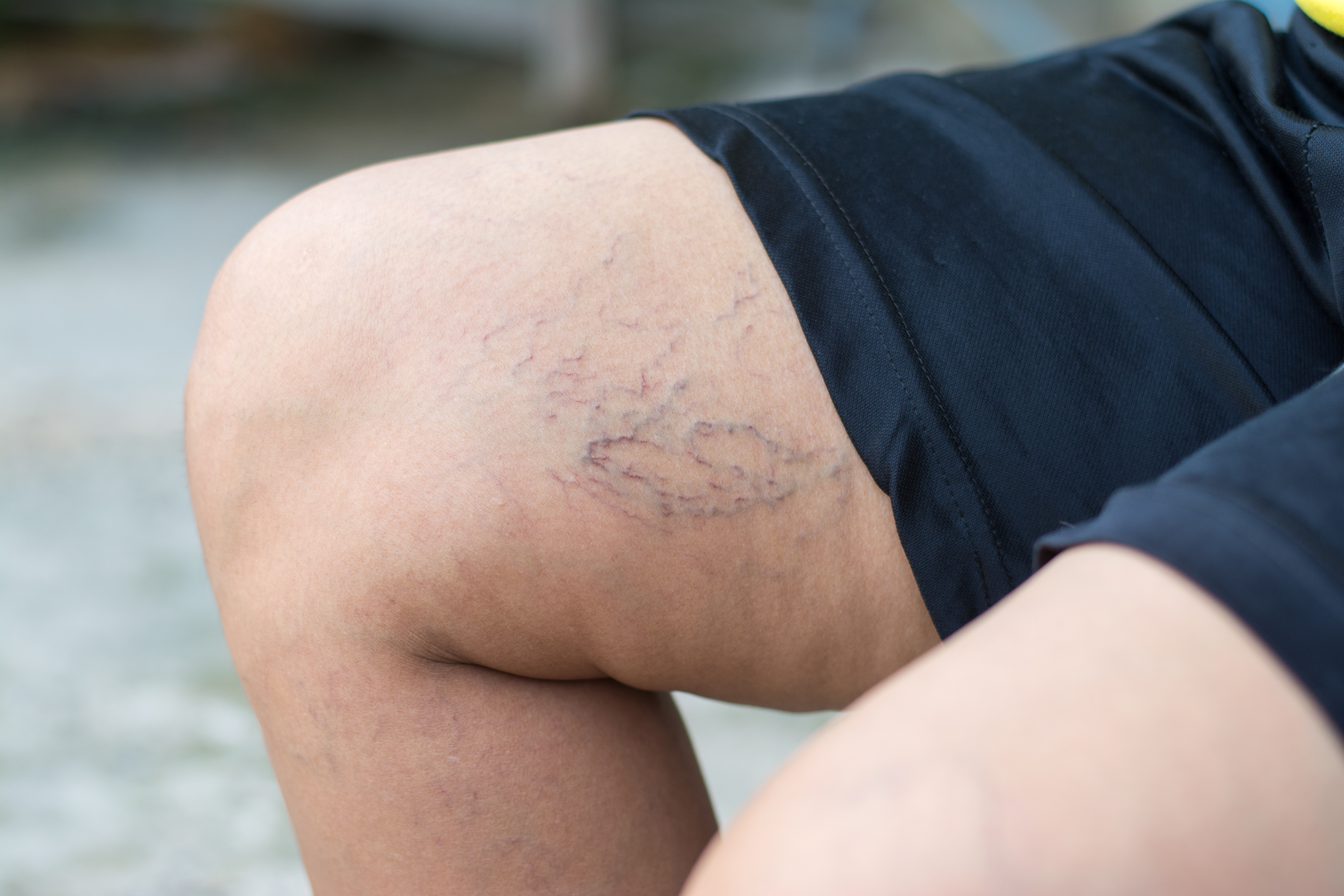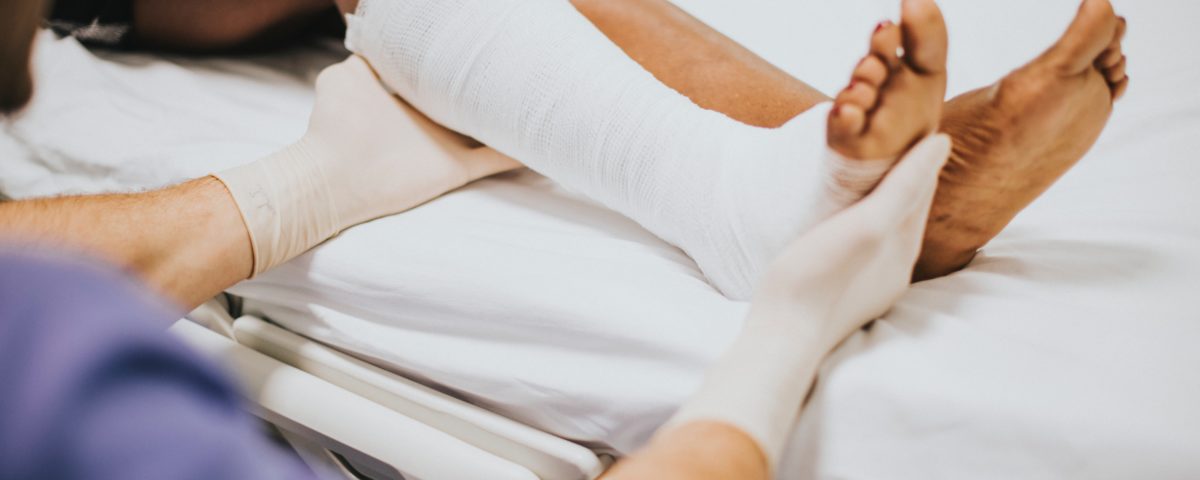
Treat Spider Veins With Sclerotherapy Procedure in Maryland
February 20, 2019
Destroy Spider Veins with Excel V Laser Treatment
February 20, 2019Venous Leg Ulcers Westminster, MD
While many individuals may think of varicose veins as purely a cosmetic issue, venous insufficiency can sometimes result in severe issues, like venous ulcers in the leg. These sores are typically long-lasting and difficult to treat without medical intervention.
Fortunately, a talented and experienced vascular physician can facilitate the proper diagnosis and treatment of venous ulcers in the leg and help patients return to their normal routine as quickly as possible.
Continue reading to learn the process for identifying and healing venous leg ulcers in Westminster, MD.
What Are Venous Leg Ulcers?
These ulcers are a sign of venous insufficiency and present as chronic sores, inside the leg and above the ankle.
They can take 4-6 weeks to heal and typically require medical intervention by a vascular specialist.
Patients with these lacerations in their legs may experience associated symptoms that can include pain, itching, and swelling.
What’s Involved in the Diagnosis Process?
Description of the patient’s symptoms and understanding of their past medical history are key components in the diagnosis process.
In fact, this information can be extremely useful in identifying the underlying cause of an individual’s ulcer.
Accordingly, a vascular specialist will often inquire about injuries, conditions, and events that may be associated with ulcer formation. These can include type 2 diabetes, prior Deep Vein Thrombosis (DVT), surgery or damage to affected leg, and past leg ulcers.
A physical exam will also be performed, with the patient seated and standing.
Finally, a Doppler study, that assesses blood pressure in lower extremities as compared to pressure in arms, can be helpful in ruling out or confirming peripheral arterial disease.
What Can Patients Expect from Treatment of Venous Leg Ulcers?
Treatment of venous ulcers in the leg in Westminster, MD, typically involves debriding the wound and removing dead tissue.
The ulcer is then cleaned, dressed, and fitted with a compression bandage, which helps reduce swelling and propel blood towards to heart and away from lower extremities. Both the dressing and bandage should be changed once a week.
Additionally, associated symptoms may be alleviated by: Keeping legs elevated; Remaining active and walking around; and Applying a corticosteroid to itchy or scaly skin.
To learn more about the diagnosis and treatment of venous leg ulcers in Westminster, MD, please contact us today to schedule a comprehensive consultation with one of our vascular specialists.



